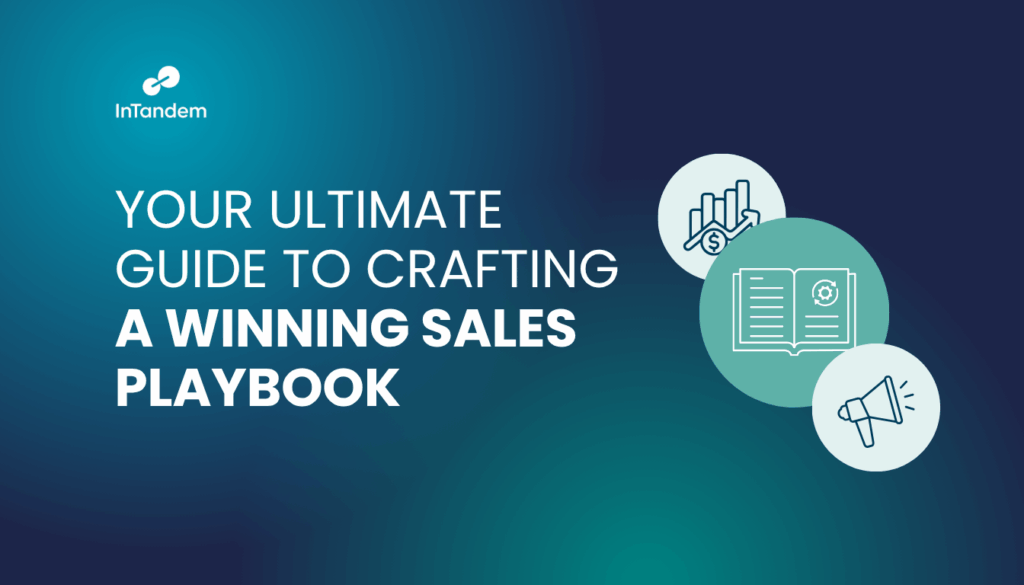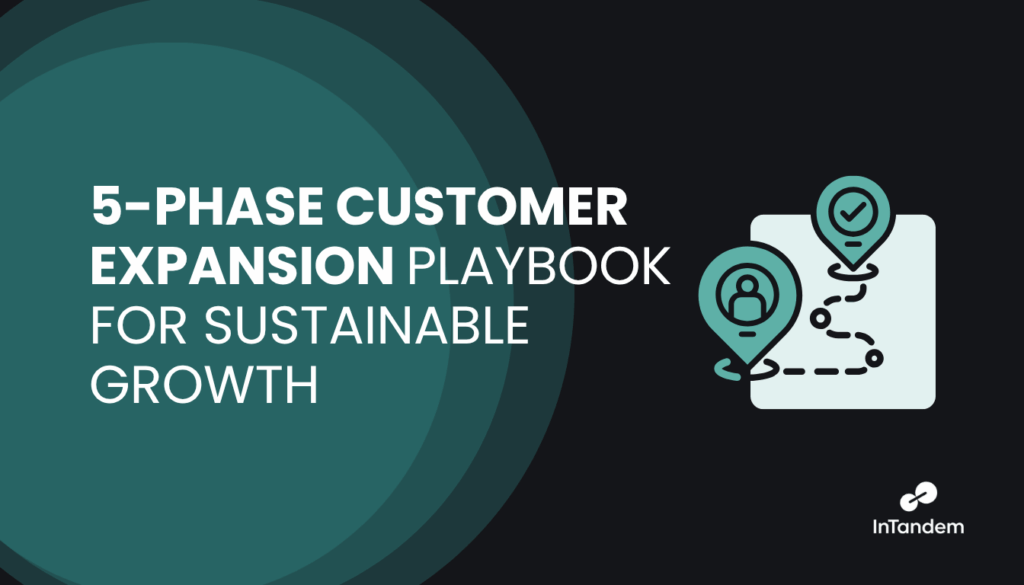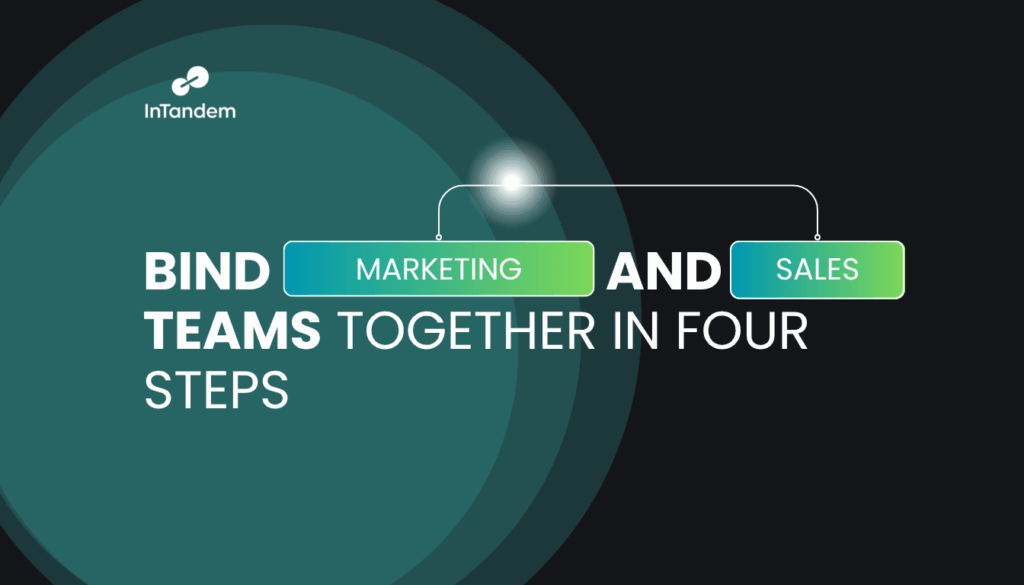A 4-Step CRM Audit Playbook for Better Data Accuracy

Article Highlights
Accurate CRM data is the foundation of effective revenue operations. Whether you’re using Salesforce, HubSpot, or another platform, clean data enables better decisions, stronger customer experiences, and faster growth. When your CRM is cluttered or inconsistent, even the best strategies lose traction.
This guide breaks down the CRM data audit process into clear, actionable phases. Whether you’re starting from a relatively clean system or working through years of neglected records, the goal is the same: create a CRM that teams can trust and that fuels business performance.
What You Need to Get Started
Before starting your CRM audit, make sure you have the following in place:
- Team Alignment: Identify key stakeholders across Sales, Marketing, and Customer Success to provide input and approve changes.
- CRM Admin Access: Ensure full permissions to edit, merge, and delete records.
- Reporting Tools: Use your CRM’s reporting features or external tools like HubSpot Reports or Salesforce Reports to identify issues.
- Data Cleaning Software: Tools like Dedupely, Insycle, or Openprise will speed up deduplication and enrichment.
Once these basics are covered, you’re ready to move into the audit.
Phase 1: Define Your Data Standards
Who’s Involved: Sales Operations, Marketing Operations, CRM Admin, RevOps Manager
Why This Matters:
Without clear standards, your CRM fills up with messy, mismatched, and unreliable data. Standardization ensures every field is used consistently across teams, making reporting and segmentation more reliable.
Action Plan:
- Audit Existing Field Usage: Review how fields are currently being used to identify inconsistencies and usage patterns.
- Identify Core Fields: Focus on critical fields like first name, last name, email, company name, job title, and lead source.
- Set Data Entry Rules: Define how each field should be filled (e.g., phone numbers with country codes, standardized job titles).
- Document Standards: Create an easily accessible guide that outlines these rules for the entire organization.
- Get Team Buy-In: Review the standards with all CRM users and align on adoption.
Key Outcomes:
- Documented and approved CRM data standards
- Reduced field inconsistencies across records
- Clear guidelines are available for all CRM users
Phase 2: Assess the Current State
Who’s Involved: CRM Admin, Sales Ops Analyst, Marketing Ops, RevOps Manager
Why This Matters:
You can’t fix what you can’t see. A complete audit shows you exactly where the gaps, duplicates, and outdated records are so you can prioritize your cleanup efforts.
Action Plan:
- Run Data Completeness Reports: Identify missing values in critical fields.
- Audit for Duplicates: Use deduplication tools or CRM features to spot and group duplicates (e.g., Insycle, Dedupely, or DemandTools).
- Identify Outdated Records: Filter by last activity dates to find inactive or obsolete entries.
- Check for Invalid Formats: Identify syntax issues like incorrect email addresses or phone numbers.
- Review Integration Sync Health: Confirm that marketing automation, enrichment, and other tools are syncing data reliably.
Key Outcomes:
- Full CRM audit report highlighting errors, duplicates, and outdated data
- Baseline data quality metrics established (e.g., % of complete records)
- Priority issues documented for clean-up
Phase 3: Execute the Clean-Up
Who’s Involved: CRM Admin, Data Analyst, RevOps Specialist
Why This Matters:
Cleaning your CRM isn’t just about deleting bad data — it’s about preserving good data, merging intelligently, and setting up for better future operations.
Action Plan:
- Backup Before Cleanup: Snapshot your CRM data before making bulk changes to prevent loss.
- Deduplicate Records: Merge entries carefully, preserving the most accurate and updated information.
- Delete Junk Data: Remove records that are incomplete, irrelevant, or beyond re-engagement potential.
- Enrich and Correct Key Fields: Fill missing fields using trusted external data sources or enrichment tools.
- Log Changes: Track all deletions and merges to maintain transparency.
Key Outcomes:
- 90%+ of records deduplicated and cleaned
- Increased field completeness in critical areas
- CRM performance and reporting accuracy improved
Phase 4: Implement Ongoing Data Hygiene Processes
Who’s Involved: RevOps Lead, CRM Admin, Sales Enablement, Marketing Ops, BI Analyst
Why This Matters:
One audit isn’t enough. Without consistent processes, your CRM will slowly decay back to its previous state. Building hygiene into your operational rhythm protects your data long-term.
Action Plan:
- Set Validation Rules: Enforce standards at the point of entry (e.g., required fields, formatting rules).
- Schedule Quarterly Audits: Perform lightweight checks to spot and fix early issues.
Automate Alerts: Set up workflows to flag incomplete or suspicious records automatically. - Monitor Data Sources and Integrations: Ensure forms, APIs, and sync tools are not introducing bad data.
- Train Teams Regularly: Refresh user training to reinforce best practices.
- Define Escalation Paths: Assign ownership for fixing flagged data and resolving ongoing data issues.
Key Outcomes:
- CRM error rate reduced quarter over quarter
- Validation rules and automations implemented
- Formal quarterly mini-audit process in place
FAQ:
Q: How often should I audit my CRM?
A: Full audits at least twice a year, mini-audits quarterly.
Q: What tools can help with CRM data cleaning?
A: Try tools like Insycle, Dedupely, or Salesforce Duplicate Management features.
Q: Should I delete old leads?
A: If they haven’t engaged in 18+ months and aren’t a strategic account, yes. Focus on quality, not quantity.
Q: What’s the biggest mistake to avoid?
A: Skipping stakeholder input. If sales and marketing aren’t aligned on standards, you’ll be cleaning forever.
Final Thoughts: Elevating Your Revenue Operations Through Clean CRM Data
CRM cleanup isn’t a one-and-done fix, it’s a habit that keeps your revenue engine running strong. By following this 4-phase playbook, you’re creating a scalable, data-driven system that empowers better decision-making, stronger customer experiences, and sustainable revenue growth.
Data hygiene isn’t just operational maintenance, it’s a competitive advantage.
Next steps: Start by implementing Phase 1 today, define and document your CRM data standards with input from key stakeholders. Set clear expectations, align your teams, and build the foundation for a cleaner, more powerful CRM.
Fractional Services Sales Ops
Bind Marketing and Sales Teams Together in Four Steps
Fri Apr 05, 2024







